Intelligent Healthcare Information Integration 12/19/10
Look Out, Pretty Mama, I’m On the EMR Road Again
(Prizes go to the first to name the two bands most relevant to the bastardized title above. No Googling.)
Reminder to self: Don’t promise what you’re going to be blogging about “next time” ever again. It stifles the few creative juices you have left and disrupts those last couple of remaining neurons.
Please pardon the short redirect from my previously stated next blog topics, because as I continue the hunt on down The Next EMR Road, I keep coming across cool features and, sometimes, even cooler people. That occurred today when I had a really enjoyable, refreshingly honest conversation with Physician’s Computer Company’s (PCC’s) Chip Hart. I know them a bit from their generous sponsorship and well-done exhibit presentation at the Pediatric Office of the Future.
I haven’t done a deeper dive with them – yet – but I sure will, as much due to Chip’s forthright attitude as anything. To wit: he told me he assumes I won’t end up choosing their EHR, but he says they have some really cool features and he is just as excited to share them despite his conjecture. He also gives props to Office Practicum, who is the standard for doing pediatrics EMR stuff, says he.
Chip had a lot more wonderful insights as he and PCC have been at this since 1990 and 1982, respectively. But, what really struck me were those two statements, certainly not comments any upstanding sales, marketing, or PR team leader would condone. How can you not appreciate a company so self-satisfied in a niche market like pediatrics? I read an interview where he’s quoted saying the pediatric software market is “not a pond you would fish in. Pediatricians are poorly paid compared to other medical specialists.” (Amen, brother!) And, yet, here they are, pole in hand, strolling the banks of our poor, little pediatric puddle, and even willing to point out where the fish may be biting better to another fisherman. I like that kind of straight shooting.
Now, back on track down EMR Road. I don’t know about you, but this HIT world gets about as dry and tasteless sometimes as a salt-free Saltine. That’s why I just adore those spicy little folks and jokes that pop up every now and then along the trail. (You read Mr. H and Inga’s stuff; you must enjoy some HIT humor, too!) One of the masters at this entertainment value add is, hands down, Jonathan Bush. (No surprise there to anyone who reads HIStalk or hits their Reception at HIMSS.) Agree with him or not, he adds a whole heap of color to this sometimes dreary, sales-pitch heavy road. Keep on keepin’ it real, JB.
A new challenger to the HIT comedy throne, though, has got to be the happy staff over at Nuesoft. If you’ve seen their Lady Gaga’s Pokerface parody over on HIStalkTV, you know what I mean. If you’d have seen them in their Star Trek garb and 1970s leisure suits during a recent exhibition hall outing, you’d agree that they’re definitely in the running for a “Most Fun HIT Vendor” award at next year’s HISsies. (I don’t think such an award category now exists, but I’m hereby suggesting it and placing a nomination!) I was lucky enough to spend an evening dining with a bunch of Nuesoftians at the aforementioned conference/exhibition. They are, without question, one of the happiest gaggles of gleeful, goofy geeks with whom a guy could gulp, gobble, and gossip a night away. (Thanks, again for the laughs, y’all.)
One exciting relative newcomer system with which I recently became acquainted is Mitochon Systems and their “Virtual Medical Community.” Their founder, Dr. Andre Vovan, is a practicing critical care specialist who is as sharp as they come and wonderfully impassioned, as any great entrepreneur should be! To say their EMR is “free” is misleading. They are developing a way to have the right people pay for it, the people who derive the most monetary value from the healthcare industry – pharma, medical suppliers, inscos, etc. The docs get their great new connectivity between providers, patients, and hospitals without charge; sponsors, who reap financial value by targeting relevant markets, bring the money to drive the ship.
They are very focused upon simplicity, the preeminence of the physician-patient relationship, and the integration of EHR, PHR, and HIE – which is where we’re all heading one day anyway, right? (He said, hopefully.) Mitochon’s COO, Chris Riley, came out of an early, self-imposed retirement because of his enthusiasm for their model. Even though a well-funded early retirement sounds pretty good to me some days, I can see why he’s so enthused. Mitochon is young and needs maturation, but they have some tremendous connectivity and information sharing, as well as some pretty cool interface concepts that I find very exciting.
OK, I didn’t finish what I started last time, so next time…oops…almost forgot. (See first full paragraph.)
From the trenches…
“I had nothing to offer anybody except my own confusion.” – Jack Kerouac

Dr. Gregg Alexander, a grunt in the trenches pediatrician, directs the “Pediatric Office of the Future” exhibit for the American Academy of Pediatrics and is a member of the Professional Advisory Council for ModernMedicine.com. More of his blather…er, writings…can be found at his blog, practice web site or directly from doc@madisonpediatric.com.

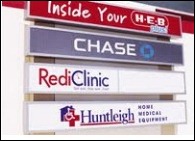


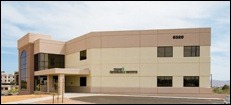

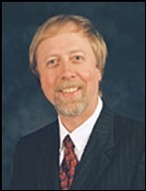

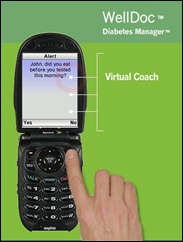
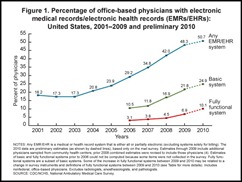


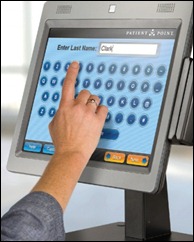
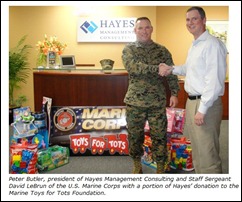


The article about Pediatric Associates in CA has a nugget with a potentially outsized impact: the implication that VFC vaccines…